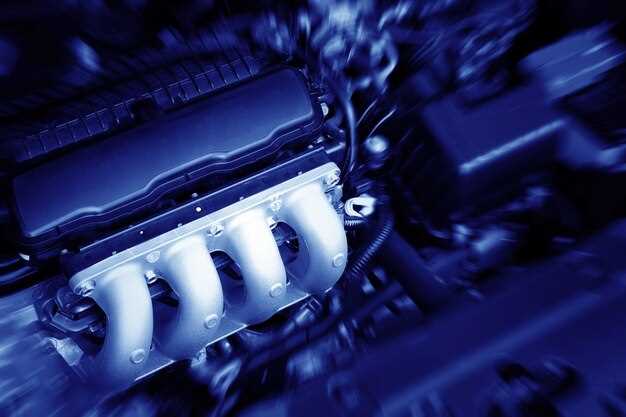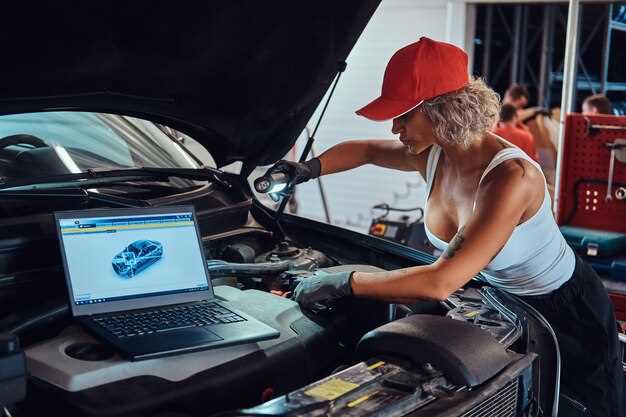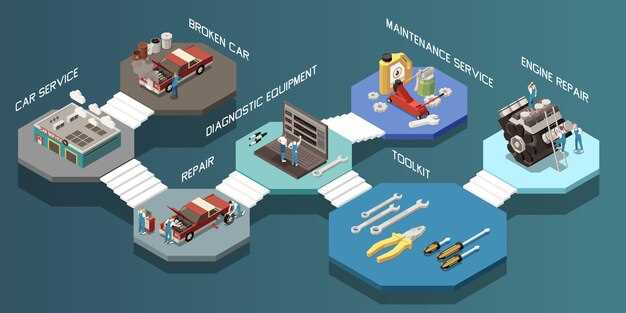
In the high-stakes world of motorsports, maintaining optimal performance is paramount. One of the critical challenges that race teams face is the risk of overheating. An effective cooling system is essential for ensuring that the engine operates within its ideal temperature range, thereby maximizing efficiency and durability on the track.
Race car cooling systems are complex, designed to dissipate heat rapidly and maintain appropriate operating temperatures. Each component of the system plays a vital role, from radiators to water pumps and fans. By understanding the specific requirements of a racing environment, teams can implement best practices that enhance cooling effectiveness and reduce the likelihood of engine failure due to excessive heat.
Implementing best practices for a race car’s cooling system not only helps prevent overheating but also contributes to overall vehicle balance and performance. From careful selection of materials to regular maintenance and testing, the strategies employed can make the difference between winning and losing on race day.
Choosing the Right Radiator Size and Design for Optimal Cooling

Selecting the appropriate radiator size and design is crucial for ensuring effective cooling in race cars. An incorrectly sized radiator can lead to overheating, which can severely impact engine performance and longevity. The radiator must effectively dissipate heat generated by the engine during operation.
Size plays a significant role in the cooling efficiency of a radiator. A larger radiator typically holds more coolant and provides greater surface area for heat exchange. When choosing the size, consider the engine’s power output and the intended racing conditions. High-performance engines generate more heat, necessitating a larger radiator to prevent overheating.
The design of the radiator also influences cooling performance. There are various designs available, including cross-flow, down-flow, and dual-pass radiators. Cross-flow radiators are popular for their efficient cooling capabilities, especially in high-speed racing environments. They allow coolant to flow horizontally, maximizing airflow across the fins, which enhances heat dissipation.
Additionally, the use of high-quality materials, such as aluminum, can improve radiator efficiency. Aluminum radiators are lightweight and offer excellent heat transfer properties, making them a preferred choice in motorsports.
Ultimately, to ensure optimal cooling, conduct thorough testing of different radiator sizes and designs in real racing conditions. Monitoring engine temperatures during races will help identify if the chosen radiator effectively prevents overheating. Prioritizing an appropriate radiator design tailored to your specific racing needs can lead to a more reliable and competitive racing experience.
Maintaining the Cooling Fluid: Types, Properties, and Regular Checks

Maintaining the cooling fluid is crucial for preventing overheating in race cars. The choice of cooling fluid can significantly impact the efficiency of the cooling system. Typically, there are two main types of fluids used: water-based solutions and antifreeze mixtures. Water alone can be effective due to its excellent heat transfer properties, but it lacks corrosion protection. Antifreeze, which often contains ethylene glycol, not only helps in lowering the freezing point but also prevents corrosion in metal components.
The properties of the cooling fluid are vital for optimal performance. It should have a high thermal conductivity to dissipate heat effectively. Additionally, the fluid must remain stable under varying temperatures and pressures encountered during racing conditions. It is also important for the fluid to have a proper pH balance to prevent corrosion and buildup within the cooling system.
Regular checks on the cooling fluid are necessary to maintain its effectiveness. Monitoring the fluid level and inspecting for any signs of contamination or degradation should be done frequently. It’s advisable to test the coolant’s pH and boiling point using appropriate testing strips. Furthermore, flushing the system annually can help remove any deposits or particles that could hinder the cooling process. By keeping the cooling fluid in optimal condition, race teams can ensure that overheating is minimized, allowing engines to perform at their best.
Implementing Airflow Management Techniques to Prevent Overheating
Effective airflow management is crucial in race car cooling systems, as it directly influences engine temperature and performance. To prevent overheating, several key techniques can be implemented to optimize airflow around critical components.
1. Aerodynamic Design: The shape of the car plays a significant role in directing airflow. A well-designed body can minimize drag while maximizing air intake. Incorporating elements such as ducts and vents allows for better distribution of air to the radiator and engine bay, ensuring that cooling is efficient.
2. Use of Vents and Ducts: Strategically placed vents and ducts help channel hot air away from the engine. These components can extract excess heat, allowing cooler air to flow in and circulate effectively. By employing both active and passive ventilation systems, teams can significantly enhance cooling performance.
3. Optimizing Fan Placement: The placement and size of fans are critical in maintaining airflow. High-performance fans should be positioned to draw air from outside the car towards the engine and radiator. Utilizing fans with variable speeds can provide additional cooling when temperatures rise, making it easier to prevent overheating.
4. Heat Exchangers: Incorporating multiple heat exchangers, such as oil coolers and intercoolers, can further improve cooling efficiency. By spreading thermal loads across several components, the risk of overheating in any single area can be reduced, ensuring consistent performance under race conditions.
5. Regular Maintenance: Maintaining the cooling system is essential for optimal airflow management. Periodically checking and cleaning air intake paths, ducts, and filters can prevent blockage, ensuring that the cooling system functions effectively at all times. This proactive approach helps in mitigating the risk of overheating during races.
By implementing these airflow management techniques, teams can enhance the performance and reliability of their race car cooling systems, ultimately leading to better race results and a lower likelihood of overheating issues.




